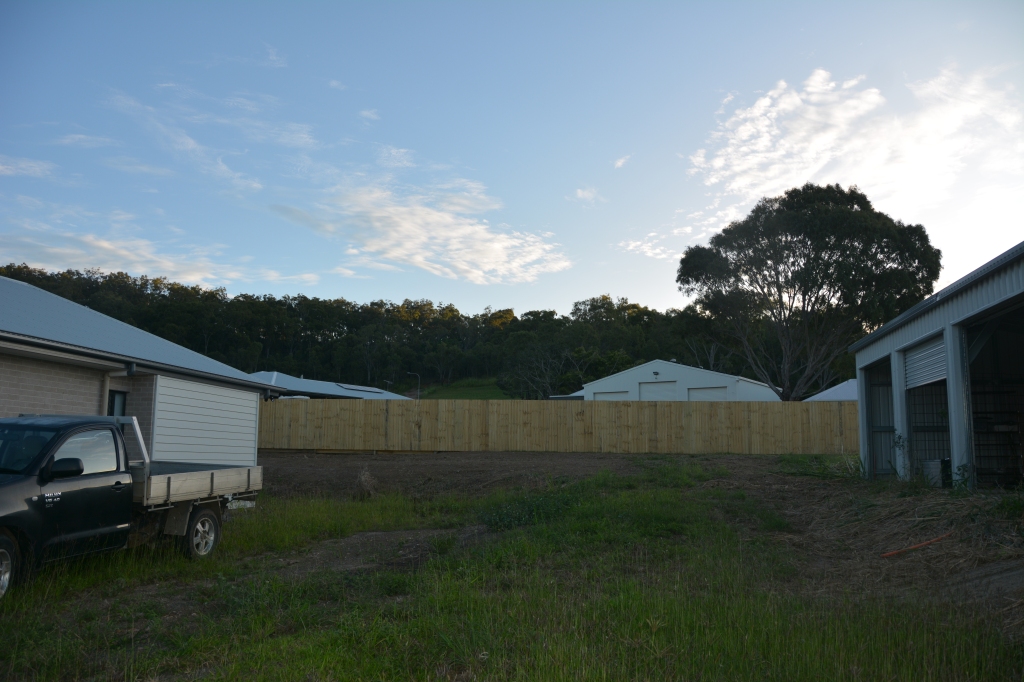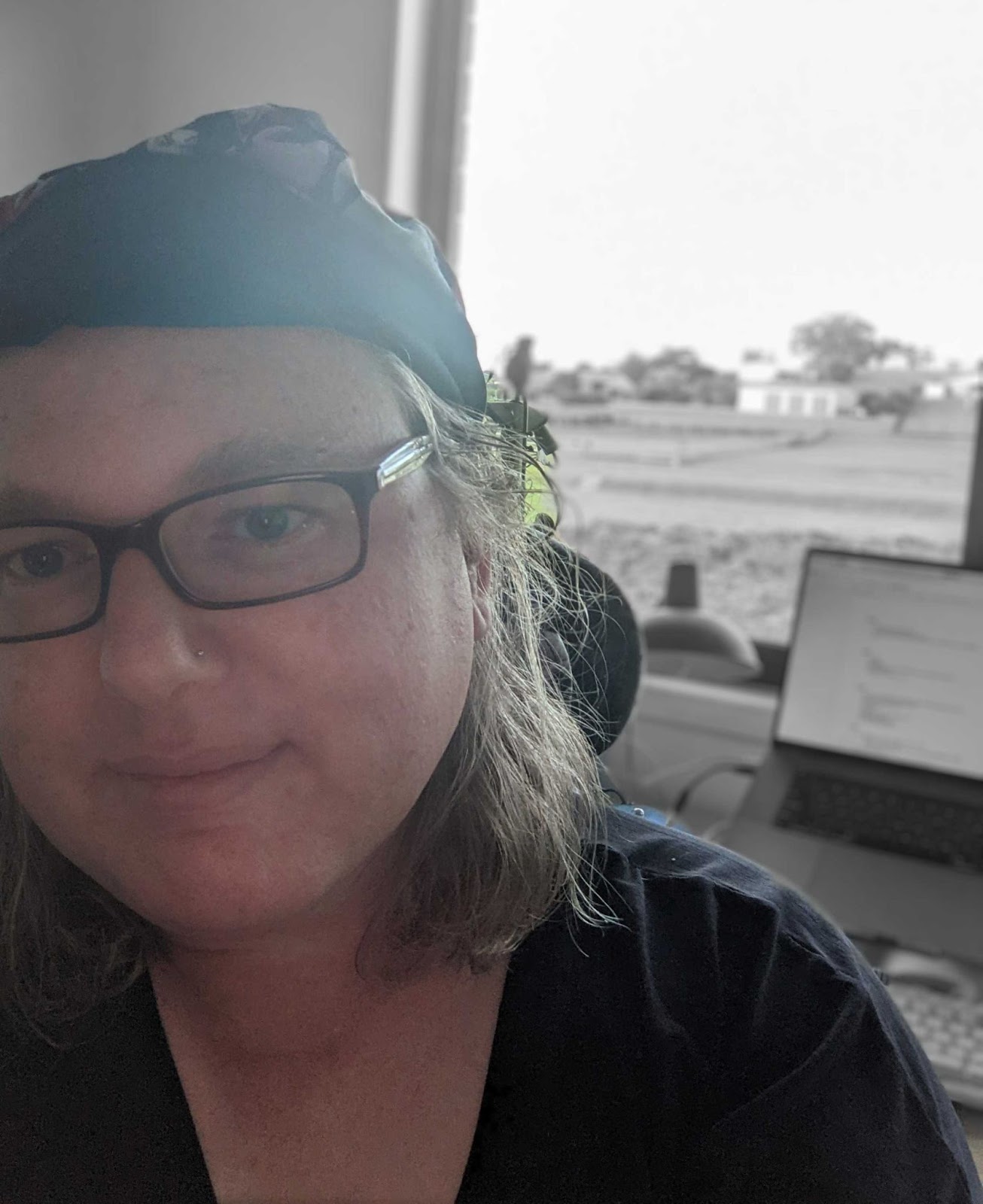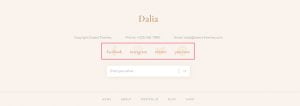Welcome to Automattic Women—conversations with some of the remarkable women working all over the world to design and develop Automattic software and make the web a better place. Today, software developer Rebecca Scott joins us to discuss technical leadership in the context of Automattic and its unique work culture.
Who are you, and what do you do?
I’m a software developer by trade, and I’ve moved into leadership roles in the last few years. I’m the Director of Engineering for the Start & Manage Focus group at Woo, where we invest in the activation and management experience for WooCommerce.


My job as I see it is similar to the CTO role for a small startup, where product decisions are being made in different places, often by the CEO (which I equate to our Product Directors). I help the engineering team make technical and tactical decisions, and influence the product direction.
I also assist product directors with technical direction for the product, developing large scale plans and figuring out what resources we need to support projects.

And I work with the team leads within the Start & Manage Focus group to make sure communication protocols are working, refine procedures, and help to solve problems.
Part of this is also acting as a servant leader: I ensure that we’re communicating with other parts of Woo and Automattic, help resolve roadblocks, and work as an interface between the engineering teams and our other stakeholders, such as product and UX design. As a lead of leads, I also mentor and coach the team leads. This gives me a chance to ramble on with my opinions, although I’ve been learning to become a better coach.
What’s a typical day like for you?
I’m not great in the morning, I don’t have a very fixed schedule, so I wake between 6:30 and 8:30, and start work at 9:00 am, after one or two stiff coffees. Most mornings, I don’t have any calls before 9:00 am, although there is the occasional 7:00 am call.
I’ve been using paper lists to organize myself throughout my working life. I’ve tried various apps and techniques, but nothing stuck as much as pen and paper. I start by listing out the morning tasks: Slack, emails, GitHub notifications, and P2s (Automattic’s collaboration platform). Then I copy across anything that didn’t get completed from yesterday.


After writing my list, I start from the top, catching up on notifications: Slack, emails, GH, P2s. That usually takes between one and two hours, but it’s an important part of my job because I use it to be certain I’m talking to the right people, adding comments, and connecting the dots—ensuring I’m across the big picture as much as possible.
Then I launch into different tasks. These might be writing P2s, doing engineering strategic planning, reviewing projects and providing feedback or asking questions, writing HR feedback, working with other teams on feedback or feature requests. It’s a broad range.
Although the bulk of my work is asynchronous, I also have calls booked through the week. I have 1:1s with the team leads and the product director, and I attend team calls such as design reviews when possible. One of my teams is in a different time zone, so it’s rare I can attend their calls, but we’ve started recording important calls so I can review them during my day.
If I happen to get through all my tasks for the day, I have a second list of recurring tasks set up in Trello that I can pick through. These are usually bigger things that I can plug an hour in to and then set aside: longer term planning, lower priority ideas that I can advance a little at a time, working on feedback and improvements to my own processes. I have a professional coach and she often leaves me with “things to think about,” so I try to spend a bit of time self-reflecting. In my position, there isn’t really as much of an opportunity for professional development or passion projects as there is for an IC (individual contributor) here.
Sometimes, if I get through all the critical tasks and only have half an hour left, I don’t feel like I can commit to starting something and actually be able to do anything useful on it, so I’ll just finish a little early. That’s the benefit of our flexible working hours. I know that I’ll be making it up with an early evening call later in the week, so I don’t feel bad about looking after myself. I did 50-60 hour weeks earlier on in my career, and to be honest there’s no real benefit in that hustle. It’s far too easy to burn out and suffer physically and mentally, and you miss out on more important things in life. You don’t win awards for working an 18-24 hour day. I’m glad to work at a place that supports a healthy work/life balance.
What drew you to Automattic and what keeps you here?
I needed a job :-). I had burned out from my last two positions, struggling with my mental health, and had been unemployed for about 6 months. I had used PHP early in my career and it definitely wasn’t my language of choice (that would be C# or Ruby), but I’m practical about languages so switching didn’t bother me too much. Probably the biggest consideration was the remote-first nature of Automattic. I live in a regional area, pretty much in the bush. After working as a consultant in Brisbane for five years, in 2017 I made the decision to move back to my hometown to be close to my family—but that put me in a position where I needed to be able to work remotely.
So that’s what drew me to Automattic. However, once I joined, I started to realize exactly how deep our remote culture goes. Total flexibility, support with setting up a good home office, provided (and regularly upgraded) laptops. And as an IC, I felt well supported by my peers and lead. We could have quite easily been put into a box and just had annual reviews, but instead we have weekly contact to make sure that we’re traveling well, that our future is being thought about, that day to day and week to week frustrations are known and helped with.
I had been a lead before—usually as a CTO or similar in a very small startup—so I knew that that was where I wanted to end up, and when our team restructured, I was able to easily switch to a team lead role. That’s something interesting about Automattic: roles are hats, you don’t get “promoted” to team lead. This can be confusing for people looking for a career path, but essentially, here, you build your own career path and find opportunities to follow it with the support of your lead—which you’re pretty much guaranteed to get.
I loved being a team lead, especially with peer leads, which was something I had never experienced before. Again, I felt like there was a lot of support; it’s not a promotion, but you’re definitely not set up to fail. For example, there are team lead forums and Slack channels, and courses that prepare you for people management.
My career goal is, roughly, technical leadership over a broad product area. I don’t know specifically what job title that would be—job titles aren’t extremely important at Automattic—but when our area’s Director of Engineering (and my former team lead) decided to move on from the company, I had a good talk with him about what the position involved, and decided to give it a try.
It was probably the best career decision I’ve made! I get to be involved in conversations at all kinds of levels, I influence the technical and product direction, and it’s really just a lot of fun. I love writing and getting my thoughts out. I have so many opportunities to be heard!
I think we as a company face challenges with building and growing our products (especially our eCommerce products—but I’m biased) in a very competitive market. I’m excited to be part of building a compelling and user-focused eCommerce platform.
What’s your favorite non-work activity?

I’ve always loved playing music. I’m not very good at playing music but it’s a lot of fun. My house has a “kid’s retreat” that I’ve set up as a music room. My kidlette loves playing music (especially drums), so he gets into it too. I mainly play guitar badly and ukulele acceptably.
I recently got a little analog synth (a KORG Monologue) and started messing around with Logic Pro. My plan is to become the next Aphex Twin and be far too famous for Automattic.
That’s it for this edition of Automattic Women. Follow Developer Resources and Automattic Design to meet more wonderful women of Automattic. And if you’d like to do more than just read about these great folks, consider working with us!


